パックラフト・アディクト | #29 アムステルダム運河・デイトリップ
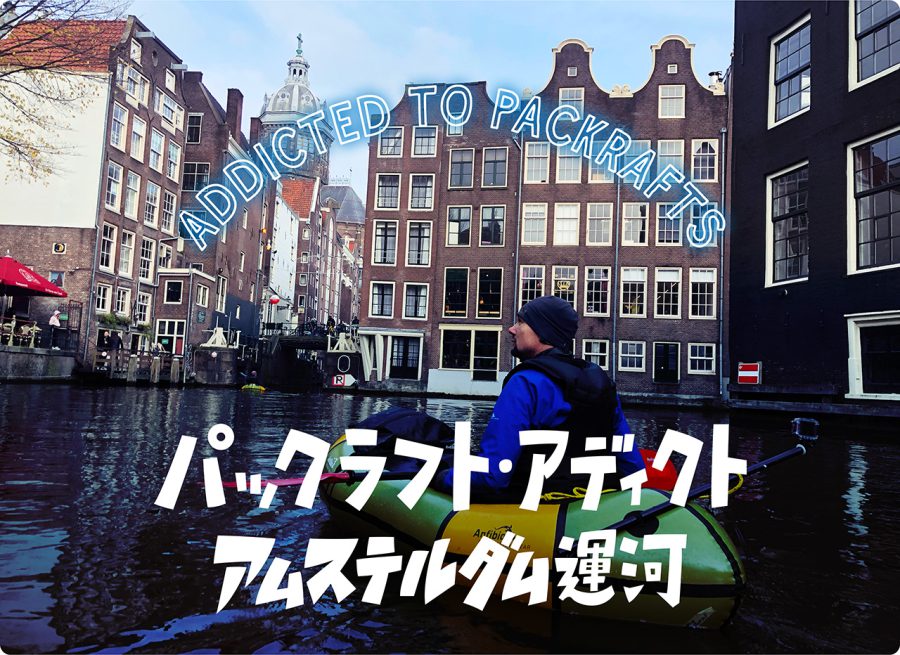
Packrafting in Amsterdam
“Hi Konstantin, do I remember right, you are in Amsterdam based? Might come for a visit in November. Are you around? Fancy a meeting? Best, Sven”
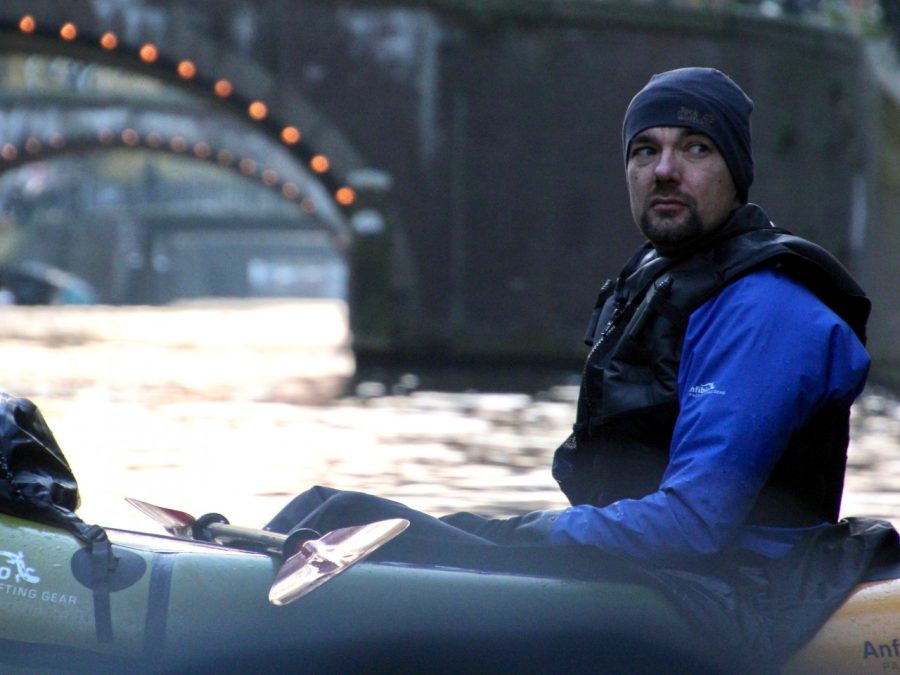
Middle of last October I receive this short message from Sven, one of the co-owners of Anfibio Packrafting Store from Germany. I have bought a few things from their store in the past and I also paddled with him during last year’s European Packrafting Meet-Up in Slovenia. That’s why, even though I do not live in Amsterdam, but ‘a bit’ further to the North-East, I thought it was a good excuse to visit this great city and paddle with Sven again. And so I did.
The Ultimate Urban Packrafting Destination
When people think about cities and water, very often the first place they think about is Venice in Italy, which is world-famous for its canals. As a matter of fact, it is so famous, that its name is being used to refer to other places with canals as well. For example, I know at least three places, named “Venice of the North,” one of which is Amsterdam.
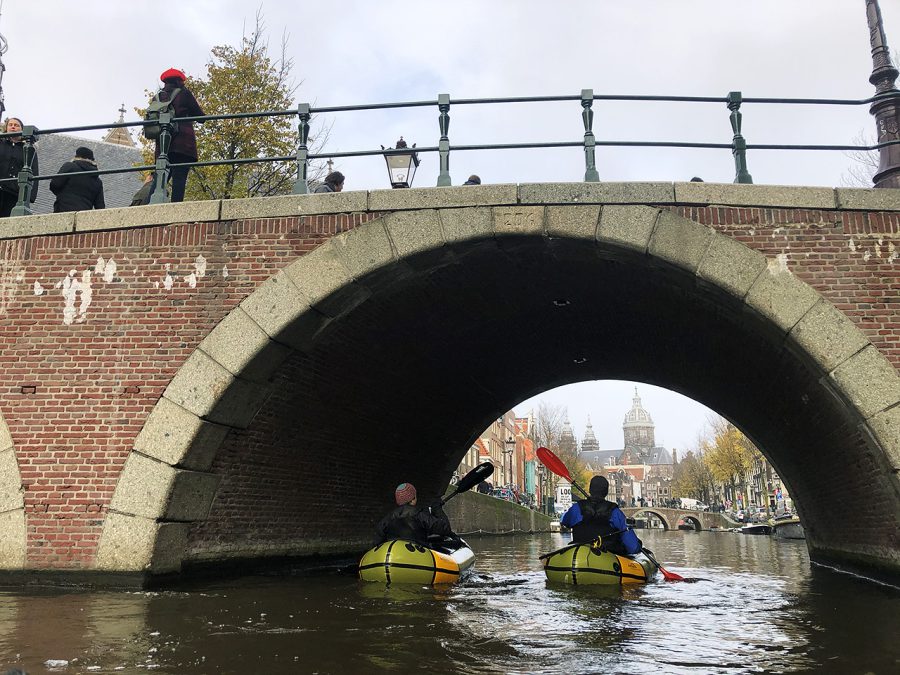
But is it a fair comparison? In my opinion – no. And let me explain why. To begin with, whereas Venice has 150 canals, there are 165 of them in Amsterdam. The total length of these canals in Amsterdam is also longer than in Venice (50 km vs 42 km respectively). When it comes to the number of bridges, Venice with its 403 bridges is not even close to Amsterdam that has 1281. And the canals in Amsterdam have much more variety as well. While the oldest canal was built in the 14th century, the most recent ones were completed in 1995. However, most of the canals in the city centre date back to the 16th and 17th century and together with their imposing canal houses, they represent the glory of the Dutch Golden Age, when Amsterdam was the most important trade center of the world. To recognize their monumental importance, a group of these canals, collectively known as the Canal Ring, was given a World Heritage Site status by UNESCO in 2010.
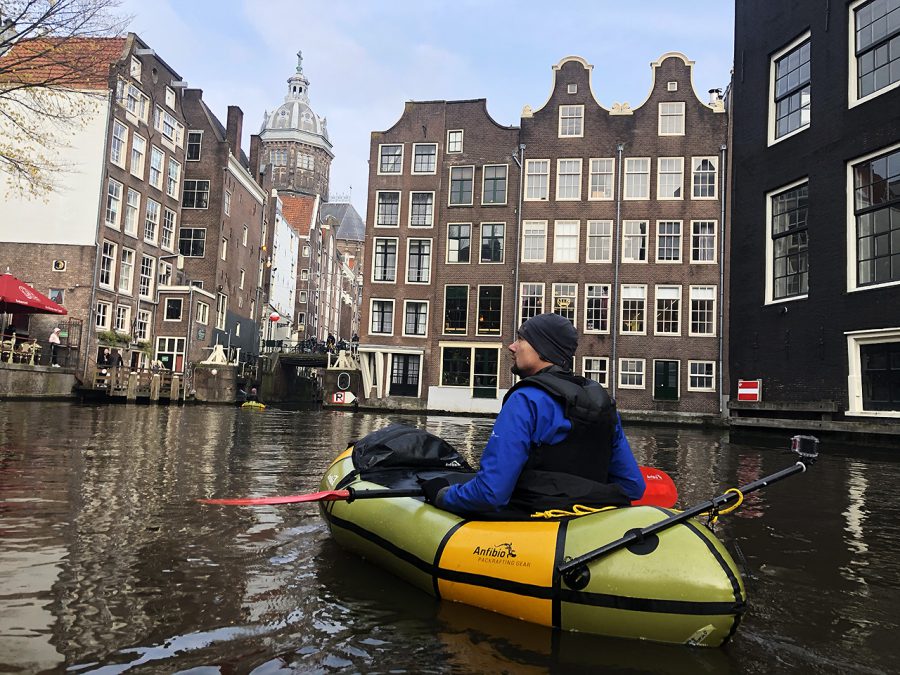
That is why it does not come as a surprise that one of the most favorite activities of the tourists who visit Amsterdam is wondering through the city along the canals. And with a packraft, it is possible to explore the city from the water level as well. It also helps that there is no necessity for a license or a permit to use a boat in Amsterdam. And while there are some traffic rules, speed limits, or certain areas that are prohibited for recreational crafts, it is very easy to follow them as there are clear signs explaining what you can and cannot do. That is why one can spend hours and even days exploring every nook and cranny of this very much packraftable city.
Our Packrafting Microadventure
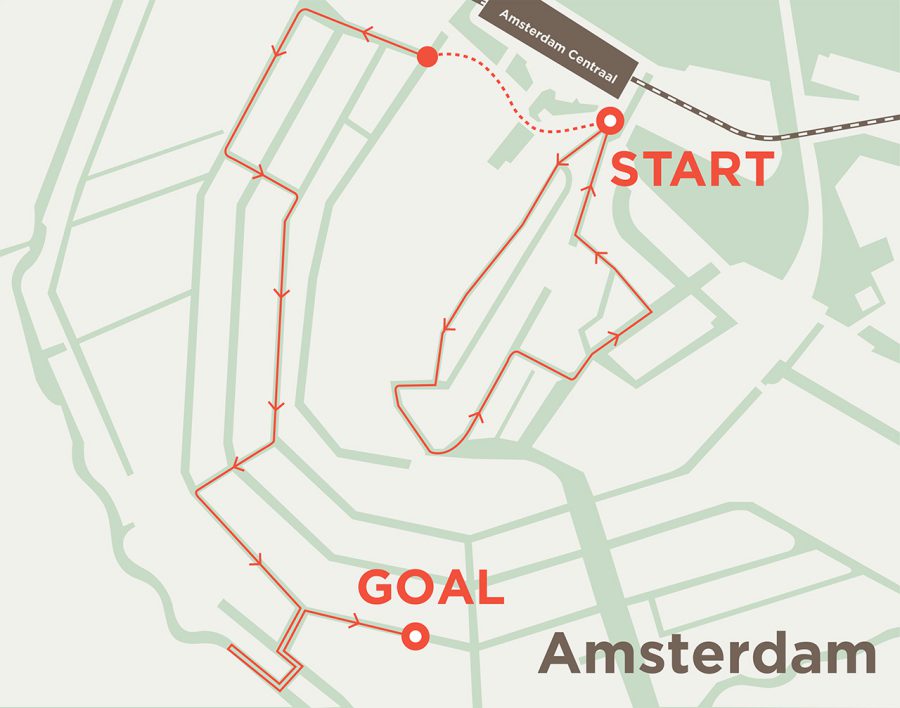
When I said that I lived ‘a bit’ further North-East, I meant that I needed about 2.5 hours by train to get to Amsterdam, which was why I could only get there around noon. Sven and his colleague, Peggy, had already been in the city for almost two days, and agreed to meet me at the station. And they came there from their hostel in packrafts. “Where would you like to go and what would you like to see?” I asked them when we met. “Anywhere here is nice,” they replied. “Let’s just explore the city.” And that is exactly what we did.
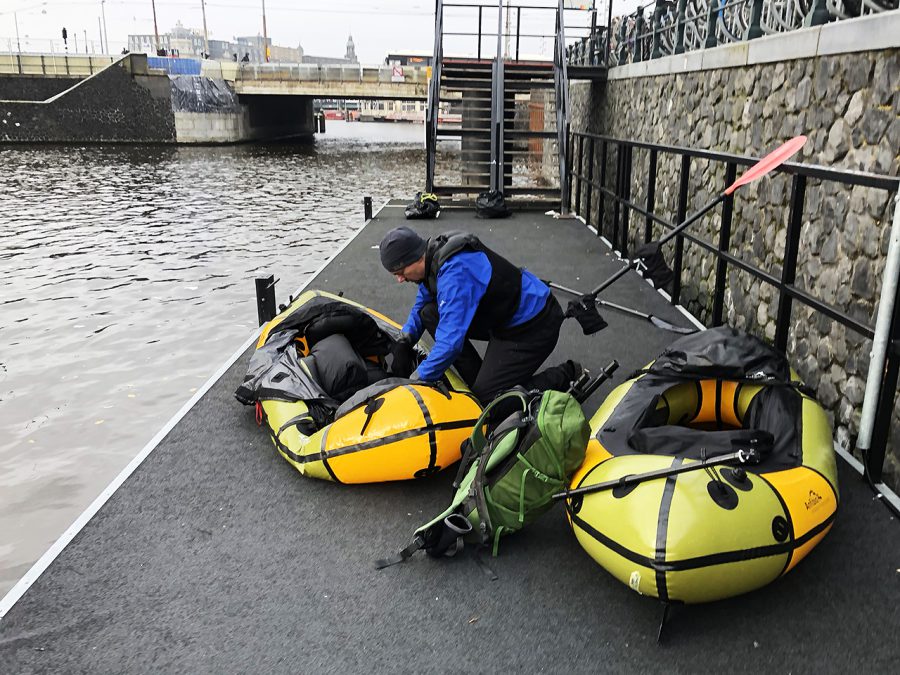
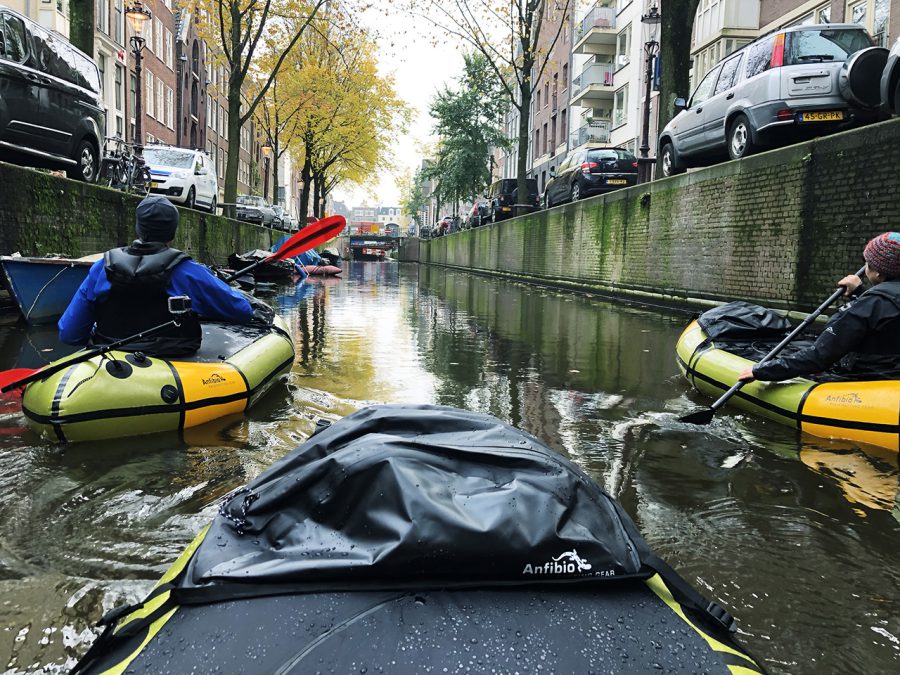
Having left the area in front of the central train station, we got onto some small canals that form the latticework that is the centre of Amsterdam. One beautiful canal, flanked by its ‘dancing houses’ would give way to another, equally beautiful canal. (The reason why these tall narrow brick houses, so typical Amsterdam, are sometimes called ‘dancing’ is because they often lean in different direction due to subsiding.) Cars, pedestrians and cyclists would pass by on the elevated embankments or over bridges above our heads. Some of them would spot us and wave. We would wave back.
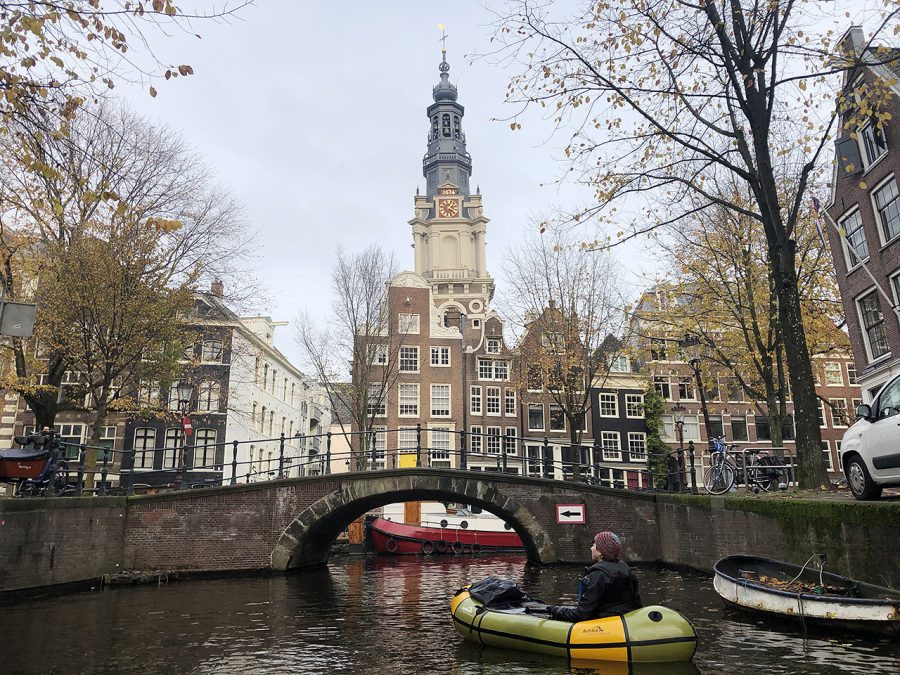
We passed by the Crazy Jackob Tower, which clock never showed the correct time (thus the name), the City Hall that shares its building with the National Opera House, and the old Jewish quarters. Having paddled through one of the main canals of the notorious Red-Light District and through a narrow channel on the back of St Nikolas Church, we got back to the starting point in front of the station, where we had to get out and walk with our packrafts around the area, which was prohibited for recreational crafts (we stopped for a cup of hot chocolate on the way).
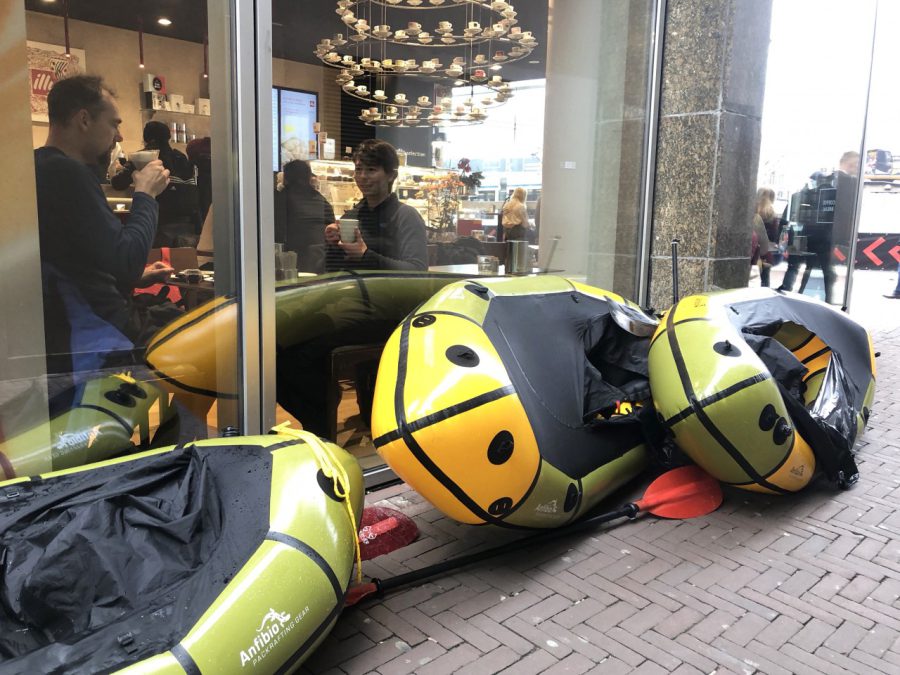
Getting back on the water turned out to be more difficult than we expected as the embankments were sometimes 1.5 to 2 meters high. Having failed to find a good spot at the water level, we eventually we had to climb down one of the small ladders in an embankment that you see everywhere in Amsterdam.
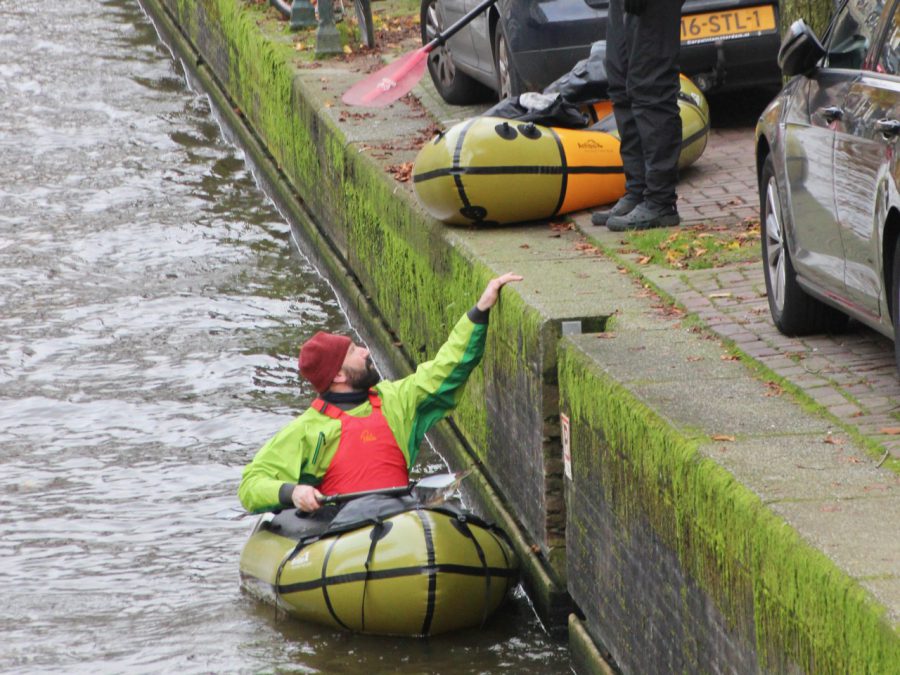
The area that we entered now was part of the UNESCO World Heritage Site. The four main canals here (Herengracht, Prinsengracht, Keizersgracht and Singel) are much broader than the ones we paddled on before and many houses looked bigger and more elaborately decorated. Some of them were also ‘dancing’. There was much more water traffic there as well. Due to that, it was possible to paddle some of the canals only in one direction, which added a small puzzle element to this trip.
It also started to get gradually darker, which made it more dangerous for us on these busy canals. But Sven had a great solution – he pulled out several battery-powered Christmas lights, which we wrapped around ourselves. As a result, we looked like Christmas trees, which fitted very well the environment in the city – with Christmas just over a month, many bridges and trees along the canals were lit up. We also saw some people preparing installations for Amsterdam Light Festival that takes place every year from the end of November until the middle of January.
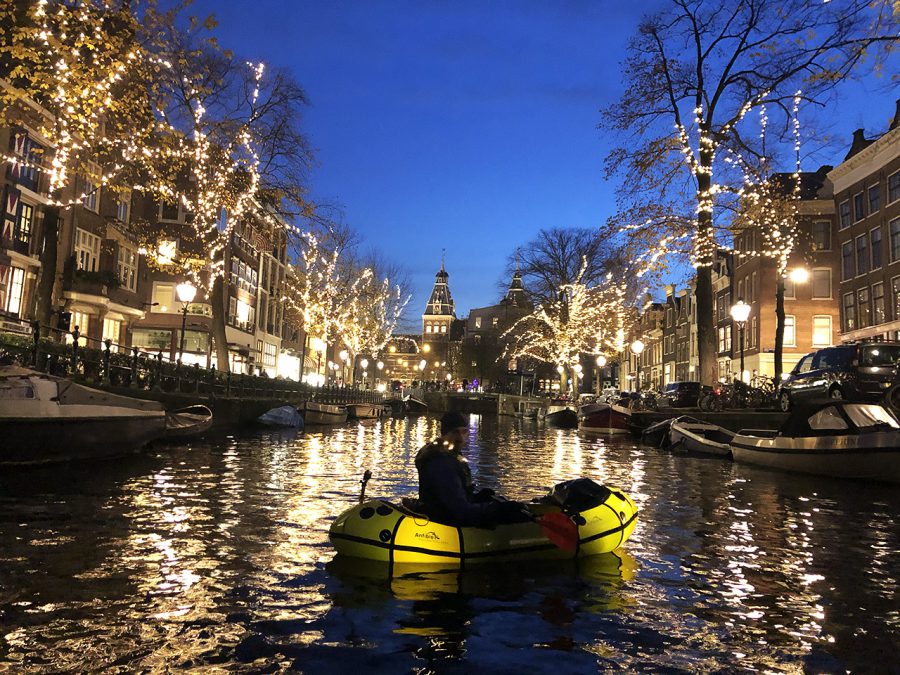
As a matter of fact, with all these light on, Amsterdam looked like a completely different city, which made me really wish that I could stay to paddle longer. But as I still had to travel back home for 2.5 hours, we decided to stop for the day. We found another ladder in the embankment not far from the hostel where Sven and Peggy were staying, climbed up to the street level and walked a few hundred meters to their place carrying the packrafts in our hands…
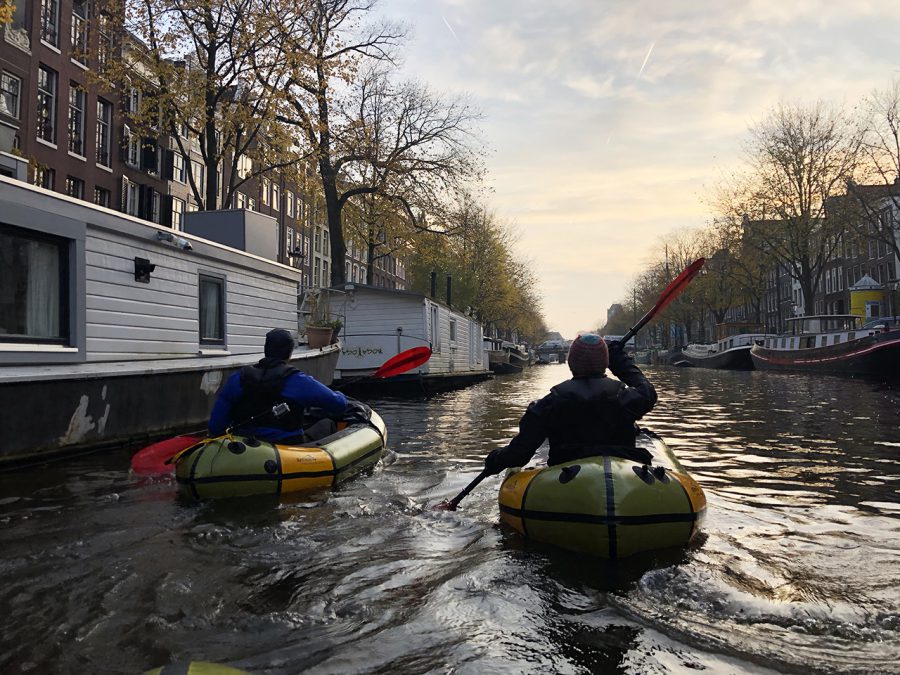
Just over an hour later, I was already sitting on the train, heading home. It was a long but, definitely, a good day. On the one hand, it was nice to get out of home for a short while. It was also interesting to get a chance to test a new packraft, Rebel 2K (which, I thought, suited flat-water paddling very well). But the best thing, by far, was an opportunity to paddle with like-minded people in this ‘ultimate packrafting city’.
Link to the youtube video: https://youtu.be/PGvAfk0mjcA
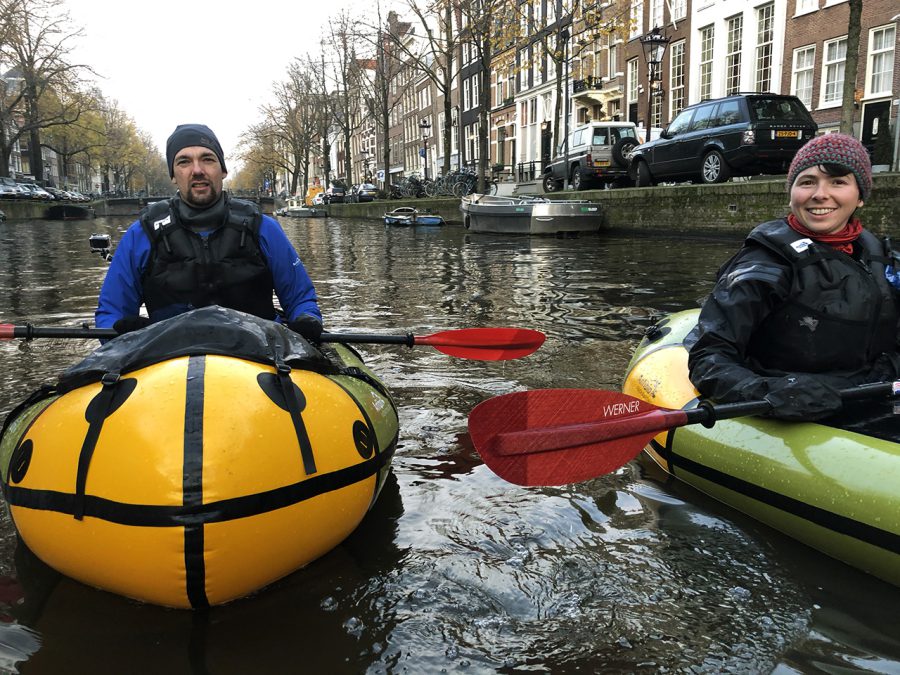
My impressions of Anfibio Rebel 2K
Even though light and small, it felt very comfortable. I also liked a zipper/Velcro combination used to close the spray deck. Thanks to it, the spray deck was very tight, which prevented any water from collecting on it. Having a skeg on flatwater was also very nice. However, you have to be very careful with it – it turned out that we somehow managed to lose one of them. As I used it on the canals only and because it comes only in one size, I do not think I will personally take it for a multiday whitewater trip myself. Though, last spring in Slovenia, I saw Sven easily tackling Class 3 rapids on the Soca in its prototype as well.
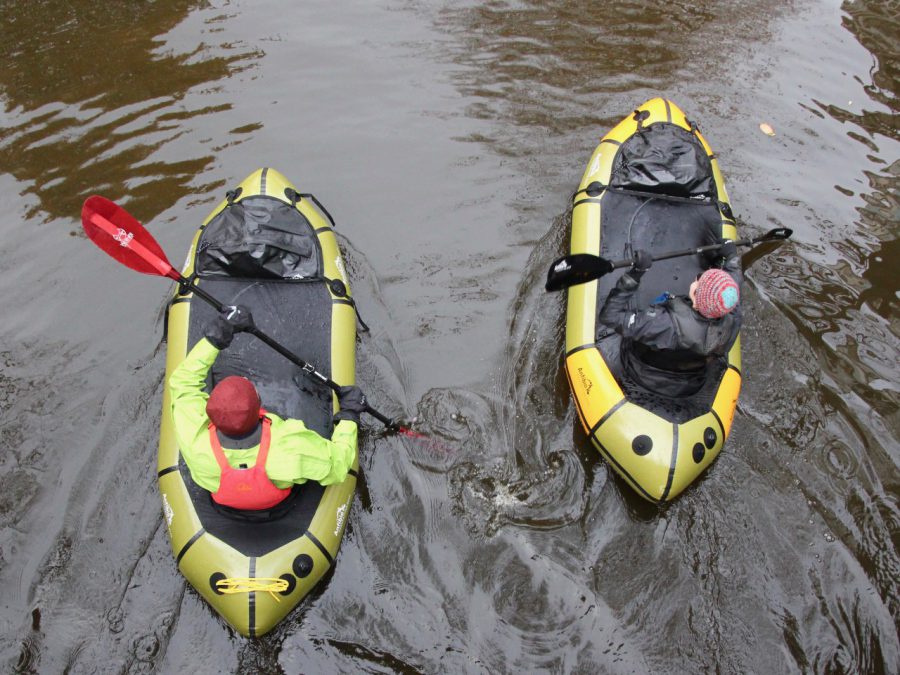
Related Articles
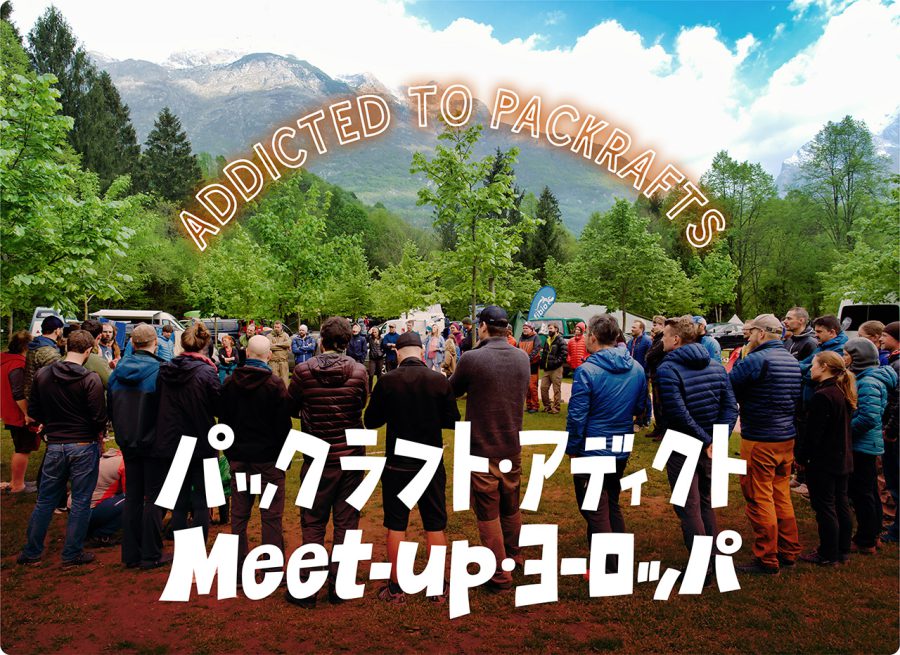
パックラフト・アディクト | #27 Packrafting Meet-up Europe 2019
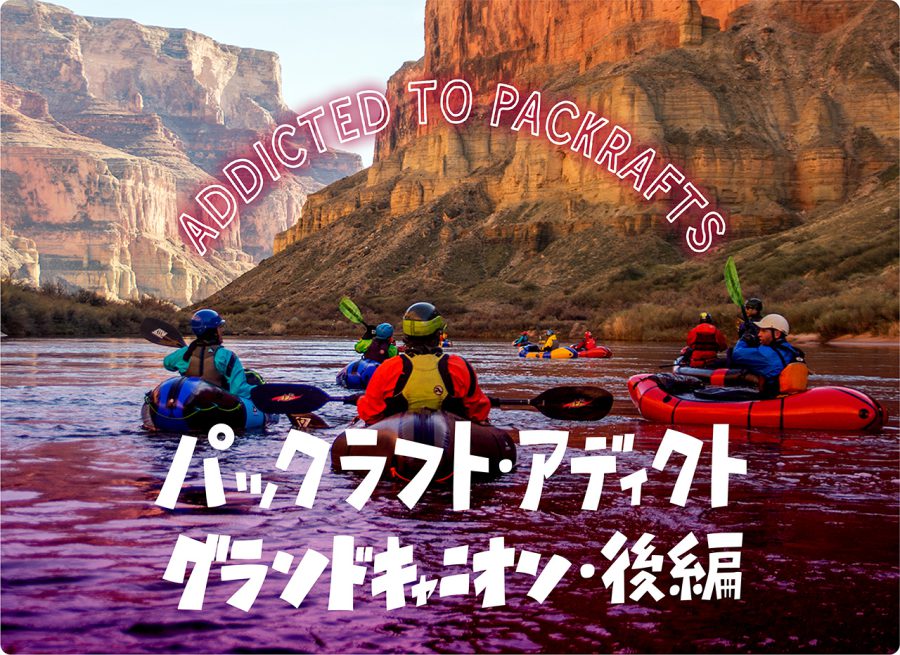
パックラフト・アディクト | #25 グランドキャニオン <後編>大自然と急流をめぐる12日間364キロの川旅
- « 前へ
- 2 / 2
- 次へ »
TAGS:

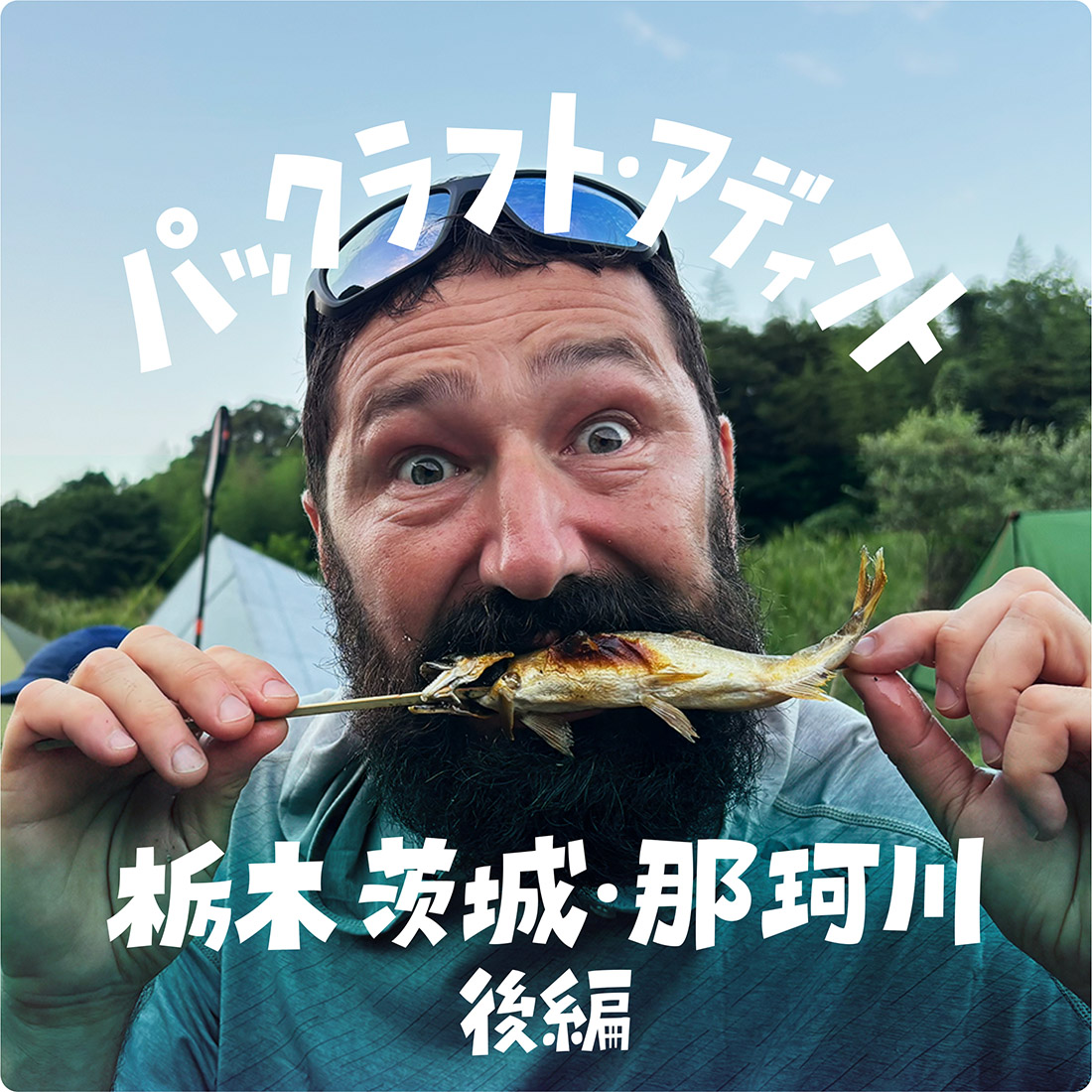
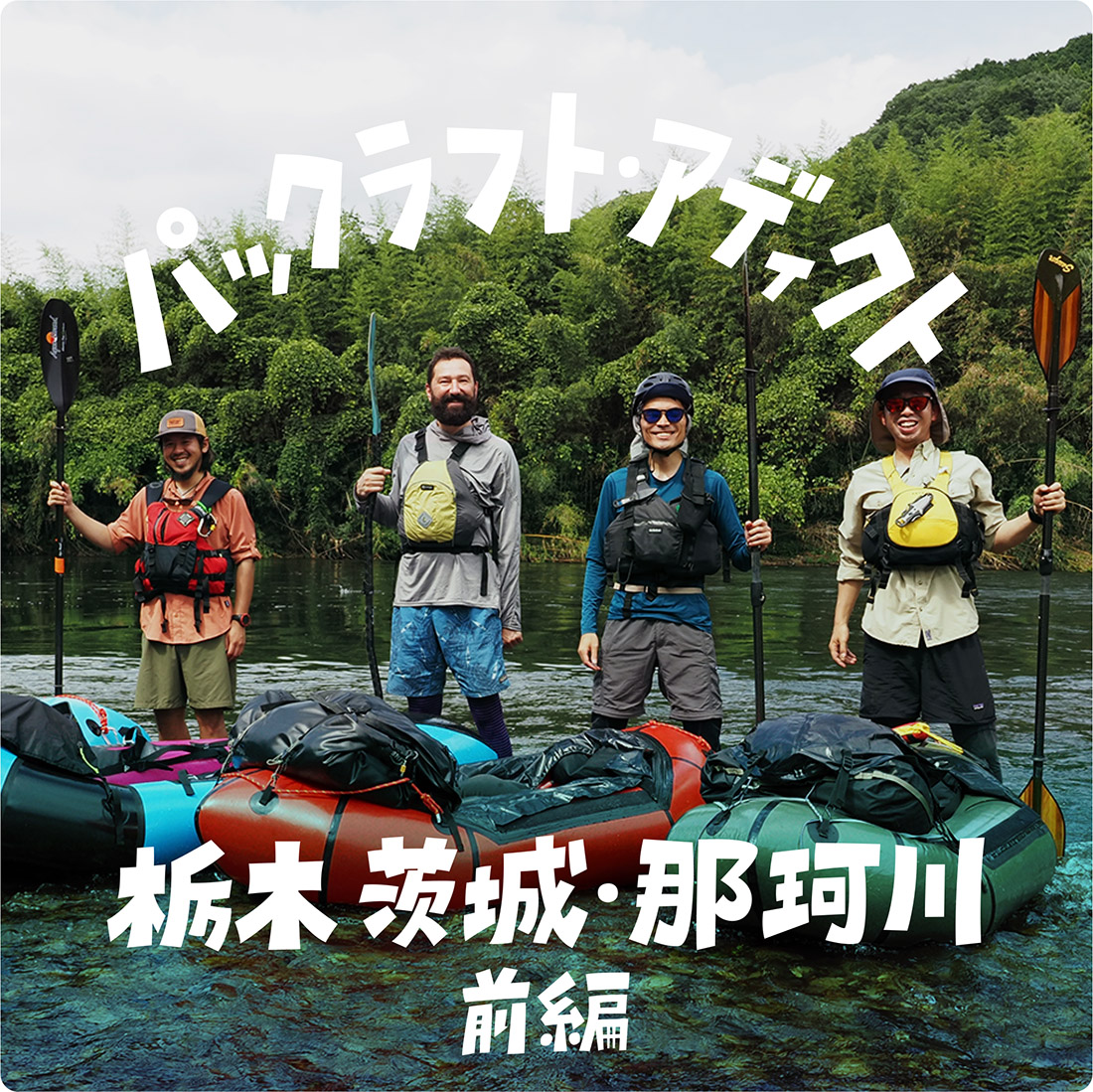
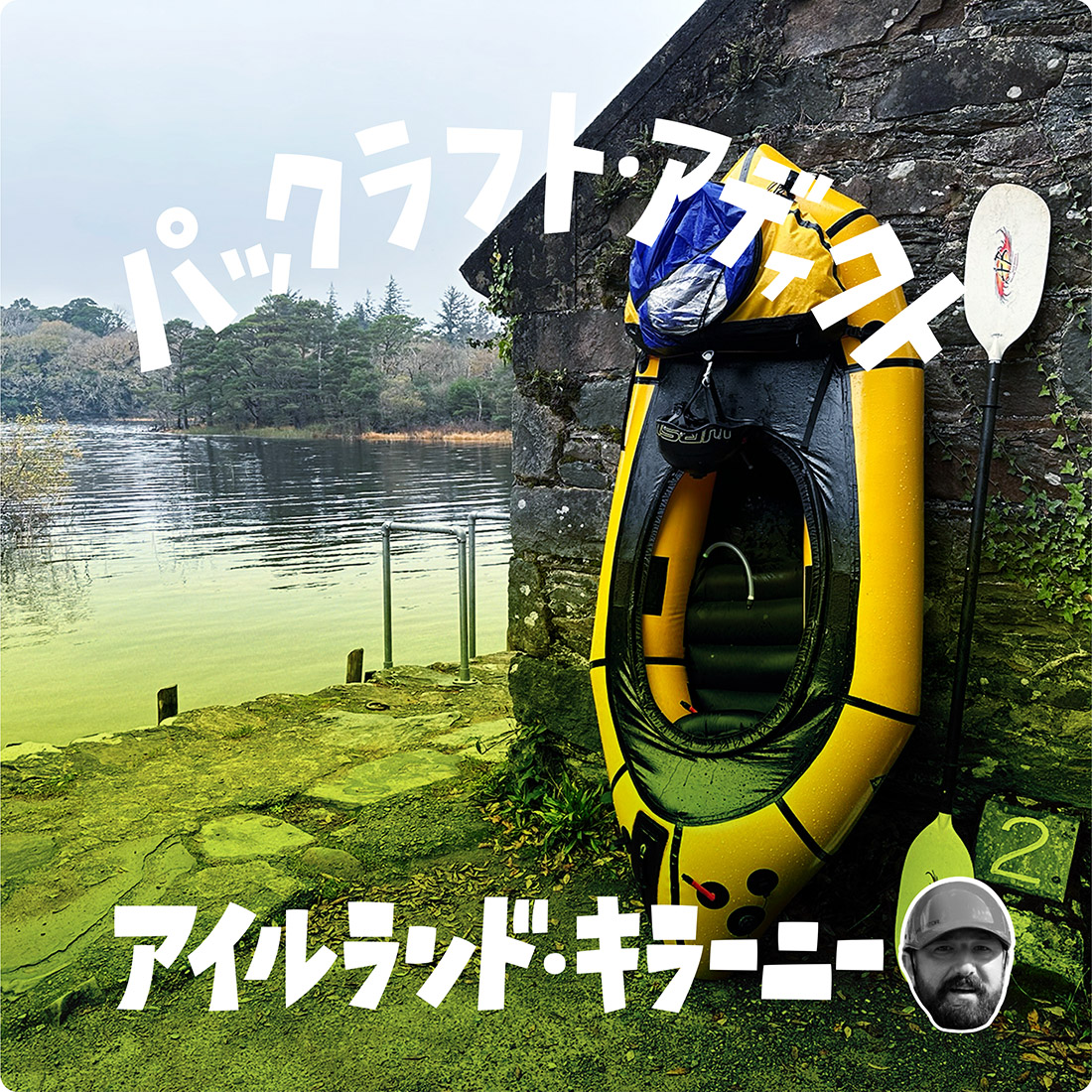

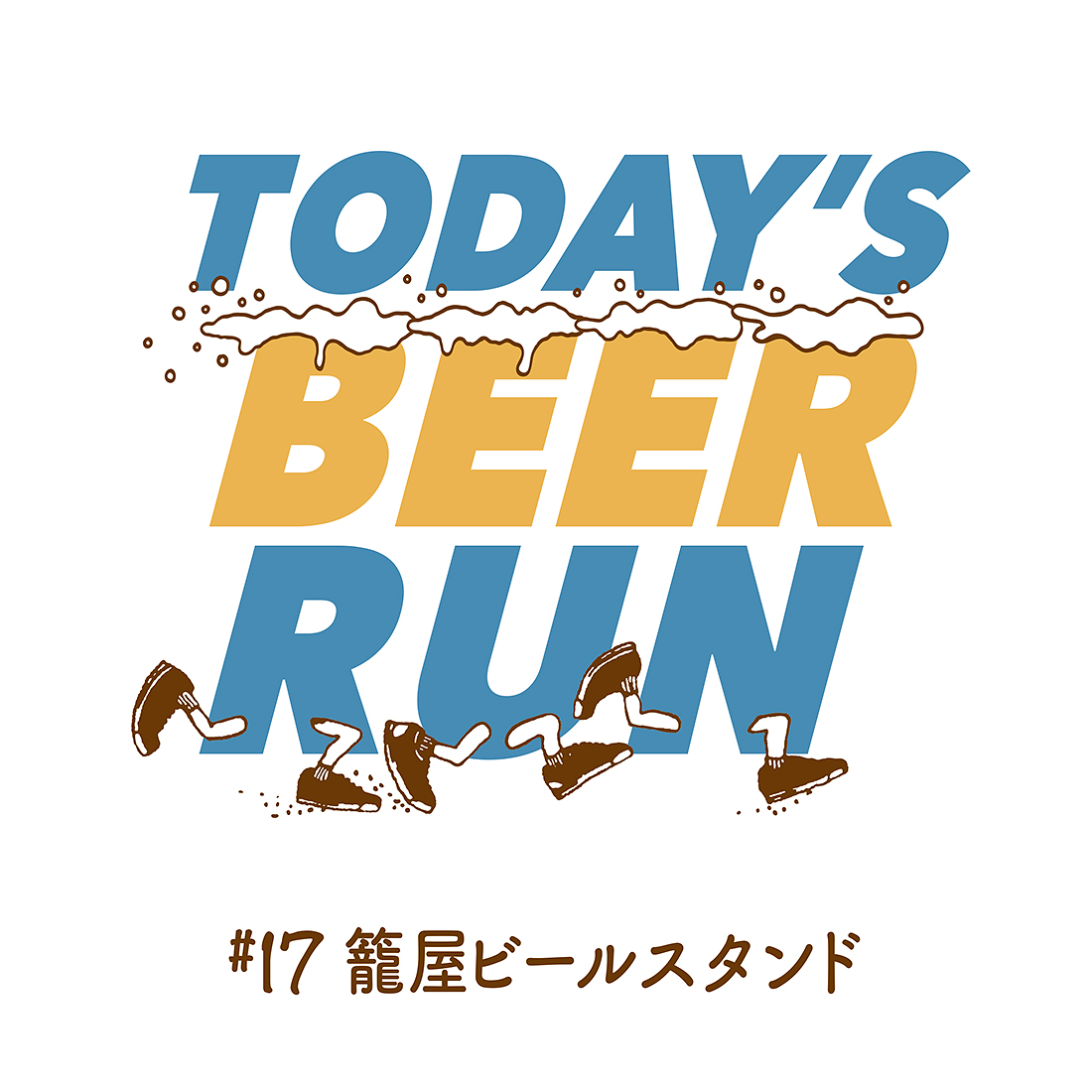








 ULギアを自作するための生地、プラパーツ、ジッパー…
ULギアを自作するための生地、プラパーツ、ジッパー…  ZimmerBuilt | TailWater P…
ZimmerBuilt | TailWater P…  ZimmerBuilt | PocketWater…
ZimmerBuilt | PocketWater…  ZimmerBuilt | DeadDrift P…
ZimmerBuilt | DeadDrift P…  ZimmerBuilt | Arrowood Ch…
ZimmerBuilt | Arrowood Ch…  ZimmerBuilt | SplitShot C…
ZimmerBuilt | SplitShot C…  ZimmerBuilt | Darter Pack…
ZimmerBuilt | Darter Pack…  ZimmerBuilt | QuickDraw (…
ZimmerBuilt | QuickDraw (…  ZimmerBuilt | Micro Pack …
ZimmerBuilt | Micro Pack … 














